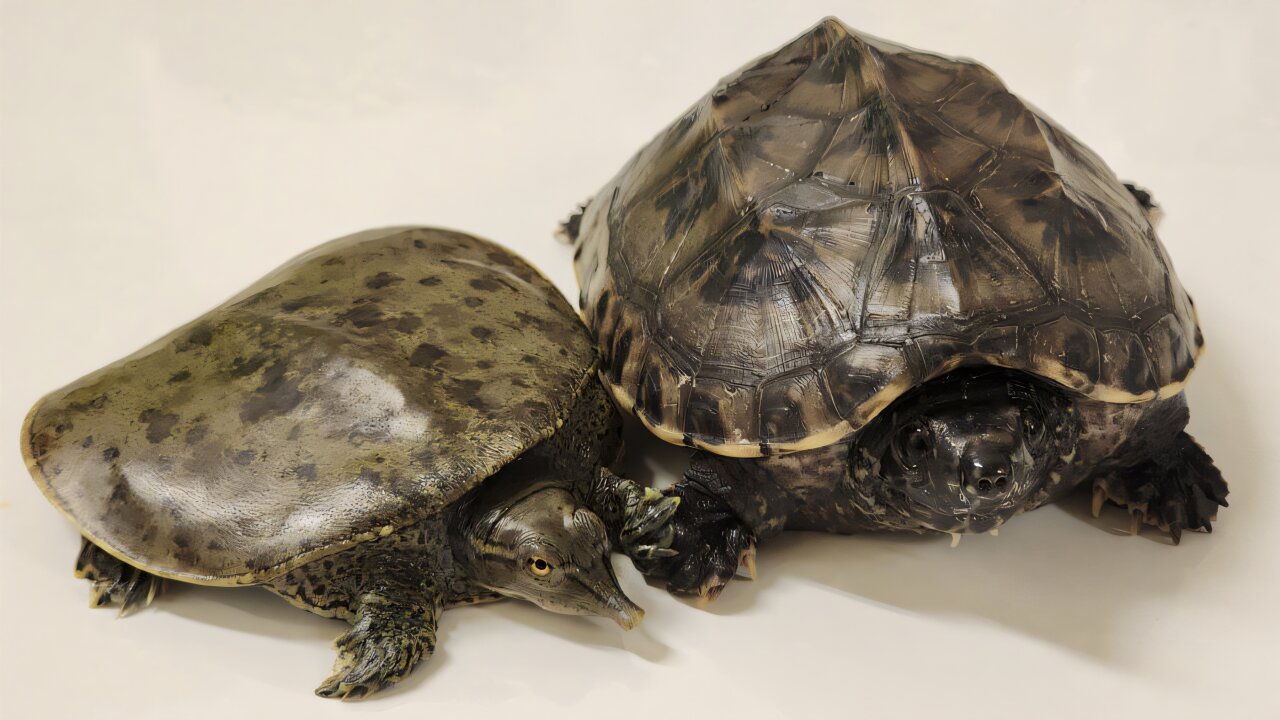Breakthrough in Turtle Genome Research Unveils New 3D Structure
Scientists from the Autonomous University of Barcelona (UAB) and Iowa State University have unveiled the genome assemblies of two hidden-neck turtles, marking a significant discovery in turtle conservation and evolutionary biology. This research sheds light on a new three-dimensional chromatin structure, contributing to better understanding of the genetic evolution of reptiles, birds, and mammals.
Leading the Study
The research, led by Aurora Ruiz-Herrera (UAB) and Nicole Valenzuela (Iowa State University), involved collaboration with experts from the Institute of Evolutionary Biology (CSIC-UPF) and Earlham College. Published in Genome Research, the study emphasizes the crucial role of chromatin—the folded genetic material within a cell nucleus—in regulating gene function and influencing the evolution and speciation of vertebrates.
New Insights Into Turtle Genomes
The team produced de novo genome assemblies—without using prior reference models—of two cryptodiran (short-necked) turtle species. These species represent distinct evolutionary lineages with different sex chromosome systems: XX/XY, similar to humans, and ZZ/ZW, found in birds and butterflies. The researchers also uncovered a novel three-dimensional chromatin structure, revealing centromere-telomere interactions that go beyond simple linear fusion and fission events in genomes. This discovery adds new understanding to the 3D chromatin structure in amniotes, a group that includes reptiles, birds, and mammals.
Evolutionary Significance of Chromosomal Folding
Nicole Valenzuela explained that the new pattern found in the turtles likely stems from an ancestral amniote genome configuration, where extensive chromosome associations persisted throughout genome reshuffling. This finding broadens the scope of research on sex chromosomes and chromosomal organization across vertebrates.
Aurora Ruiz-Herrera emphasized that these insights lay the groundwork for future studies on genome evolution, highlighting the critical role of sex chromosome development in understanding how vertebrate species evolve.
Turtles as Key Models for Research
Turtles, with their exceptional longevity and resistance to disease, serve as crucial models for scientific study. Their genomes could help unlock advancements in biomedicine, particularly in understanding ageing and disease resistance, while also offering a unique lens into evolutionary adaptation and survival.
The newly generated turtle genome assemblies are added to the growing list of Chelonian genome data, enhancing resources for future research in evolutionary and developmental biology.
Impact on Conservation and Medicine
With turtles having survived for over 250 million years through mass extinction events, their DNA provides valuable clues for studying survival mechanisms. This research is key to developing better conservation strategies for turtles and could have broader implications for preserving other species as well. Moreover, understanding the genetic factors behind their longevity and disease resistance may lead to breakthroughs in human medicine, particularly in areas related to ageing and health.
